Have you ever seen photos or videos that let you look in every direction? Those come from 360 cameras – tools that capture everything around them at once.
These cameras have become increasingly popular among individuals who want to capture the full picture in their posts and videos. A good 360 photo puts you right in the middle of a scene.
You can turn your head left, right, up, or down to see different parts of the image. This effect makes viewers feel as though they are standing where the camera was positioned.
Many people wonder how these cameras can see in all directions simultaneously. The answer involves special lenses and smart software working together.
This post will walk through how 360 cameras function and what makes them different from regular cameras.
Understanding 360-Degree Camera
A 360-degree camera captures photos and videos simultaneously in all directions. Unlike regular cameras that only shoot what’s in front, these special cameras record everything around them, front, back, sides, top, and bottom.
Most 360 cameras use two or more wide-angle lenses placed back-to-back. Each lens takes in light from a different direction.
The camera then combines these images to create a single, complete view of the surroundings.
The result? Content that lets viewers look anywhere they want, as if they were standing in that exact spot when the photo or video was taken.
Basic Technology Behind 360-Degree Camera
The magic of 360 cameras comes from clever tech that works behind the scenes. These cameras utilize a combination of hardware and software to generate their comprehensive views.
- Multiple Lenses Working Together: Two or more fisheye lenses with 180-200 degree views capture all directions at once. Placed on opposite sides, they see everything around the camera.
- Powerful Sensors: Image sensors behind each lens convert light to digital data. Better cameras utilize larger sensors that perform well even in low-light conditions.
- Stitching Software: Special programs combine separate images into a single, complete picture. This “stitching” blends the edges so viewers can’t see where images meet.
- Blind Spot Fixes: Software fills gaps where the camera itself blocks the view, making the camera seem invisible in the final shot.
- Motion Tracking: Built-in sensors and gyroscopes track the camera’s position. These help keep videos stable and assist with accurate image stitching.
- Fast Processing: Strong processors handle the large amount of visual data. Some cameras stitch images internally, while others send raw footage to phones or computers.
Different Types of 360-Degree Cameras
There are several types of 360-degree cameras on the market today. Each type serves different needs and has its own set of features.
The right one for you depends on what you plan to shoot and how you want to use your footage.
| Type | Features |
|---|---|
| Consumer Models | Compact, affordable, easy to use, good for social media |
| Professional Models | Higher resolution, better low-light performance, manual controls |
| Action 360 Cameras | Rugged, waterproof, shock-resistant, made for sports |
| VR-Focused Cameras | Very high resolution, meant for virtual reality content |
| DSLR Rigs | Multiple regular cameras mounted together, highest quality |
| Phone Attachments | Lens add-ons for smartphones are, budget-friendly option |
How Does a 360-Degree Camera Work?
360 cameras work differently from standard cameras. They need to grab everything around them at once, which requires special methods and tech.
Let’s examine how these cameras manage to see in all directions simultaneously.
- Wide-Angle Lenses: Each lens captures a very broad view, much wider than human eyes can see. Most lenses cover a 180-200 degree field of view.
- Multiple Sensors: The camera utilizes two or more image sensors to capture data from each lens simultaneously.
- Synchronized Shooting: All lenses must take their photos at the same moment to avoid odd-looking joins in moving scenes.
- Overlap Zones: Each lens captures slightly more than needed, creating overlap areas that facilitate image alignment later.
- Raw Image Storage: The camera saves separate files from each lens before combining them into the final 360 view.
How Does Image Stitching Work?
Image stitching is the process of combining separate photos into a seamless 360-degree picture. The camera’s software looks for matching points in the overlap zones between images.
It identifies features that appear in both photos, such as the edge of a building or a tree branch. Once it identifies these common points, it can align the images perfectly.
Next, the software blends the edges so you can’t see the seams. It adjusts colors and brightness to match across all sections.
The software also corrects any warping from the fisheye lenses, for the blind spot where the camera itself would appear, smart filling tools patch over it.
The result is a single image that flows in all directions without visible breaks.
Challenges and Limitations of 360-Degree Cameras
While 360-degree cameras offer amazing views, they face several technical challenges, which limit their effectiveness in specific situations.
Being aware of these issues helps users get better results and set proper expectations.
| Challenge | Description | Possible Solution |
|---|---|---|
| Stitching errors | Visible seams where images join | Stay still when shooting, and use better software |
| Resolution spread | Same pixels cover more area | Use higher resolution cameras |
| Low-light problems | More noise and blur | Add external lighting, and use night modes |
| Large file sizes | 360 content needs lots of storage | Compress files, use fast memory cards |
| Hidden objects | The camera operator is often visible | Use small cameras, remote triggers |
| Battery life | High processing needs drain power | Carry spare batteries, use power banks |
Wrapping It Up
Now you know how 360 cameras work – from their special lenses to the clever stitching software that brings it all together.
These cameras offer a whole new way to capture memories by showing everything around you.
Are 360 cameras worth trying? For many people, the answer is yes. They let viewers step into your world and look around freely, which makes sharing experiences more real.
The next time you see a 360 photo or video, you’ll understand the technology making it possible.
Want to try it yourself? Start with a simple consumer model or a phone attachment before moving on to professional gear.
Have questions about 360 cameras? Feel free to share your thoughts in the comments section below!

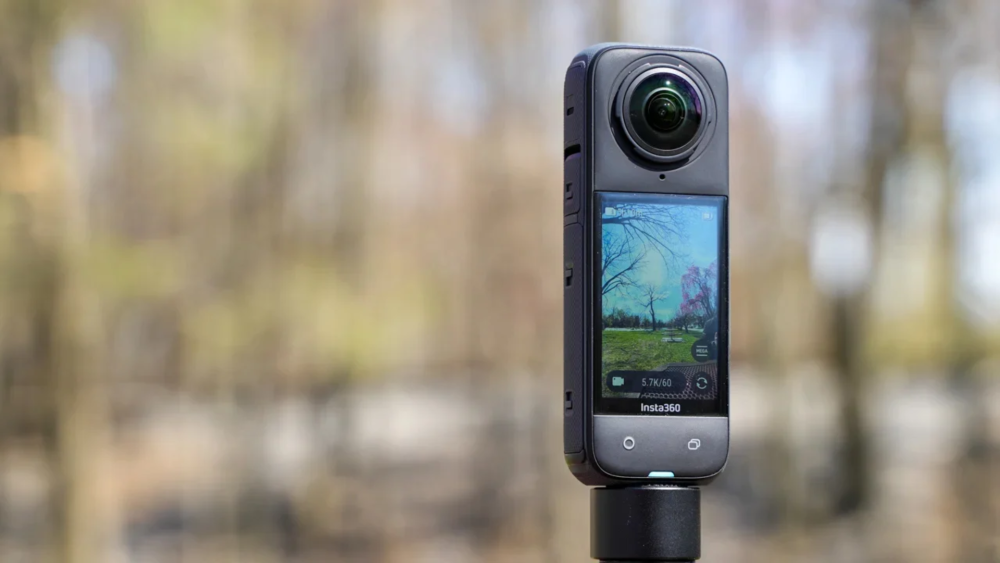
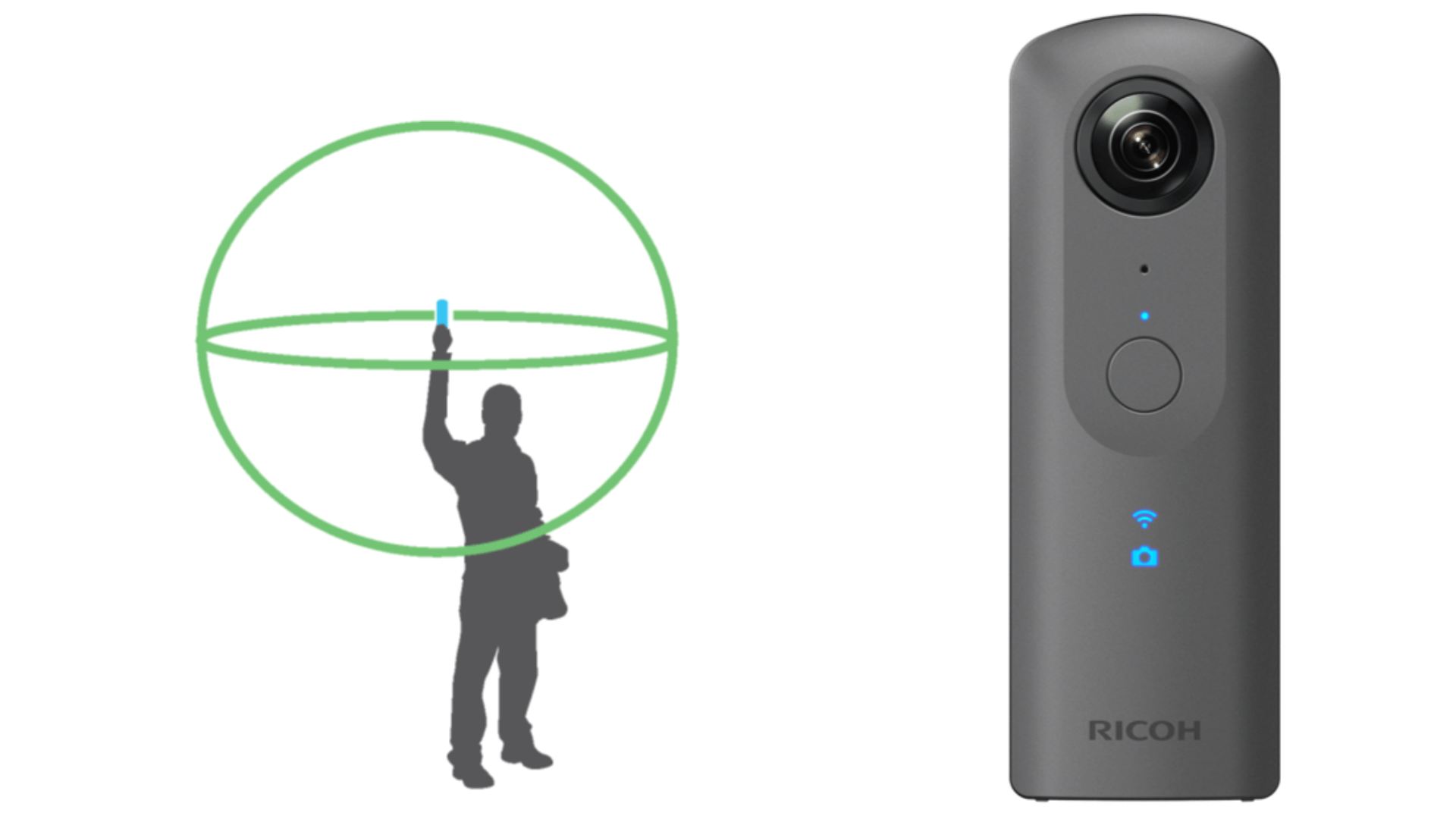
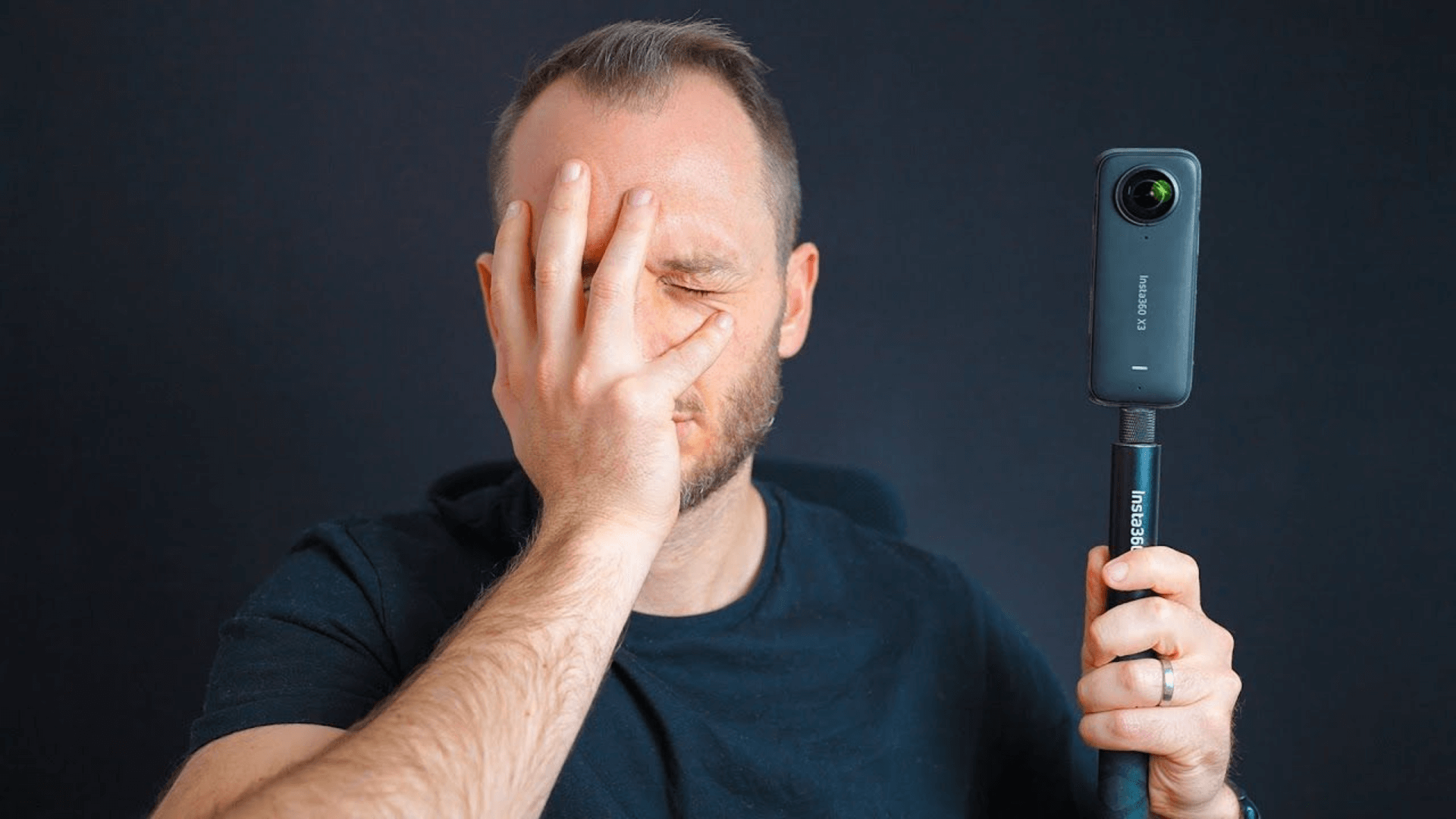
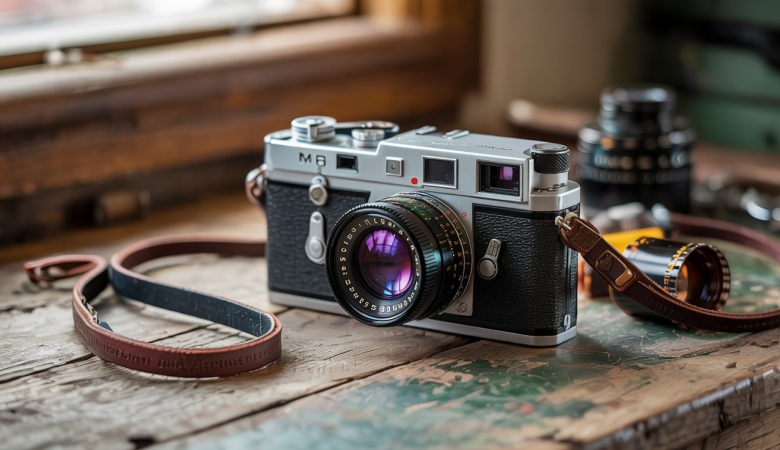
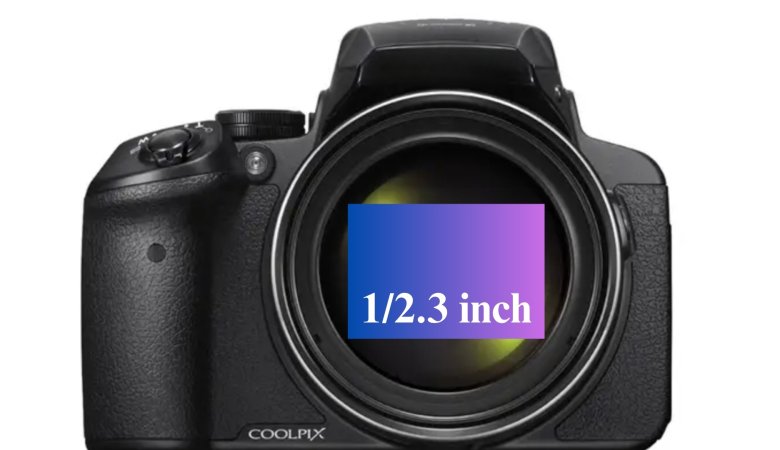
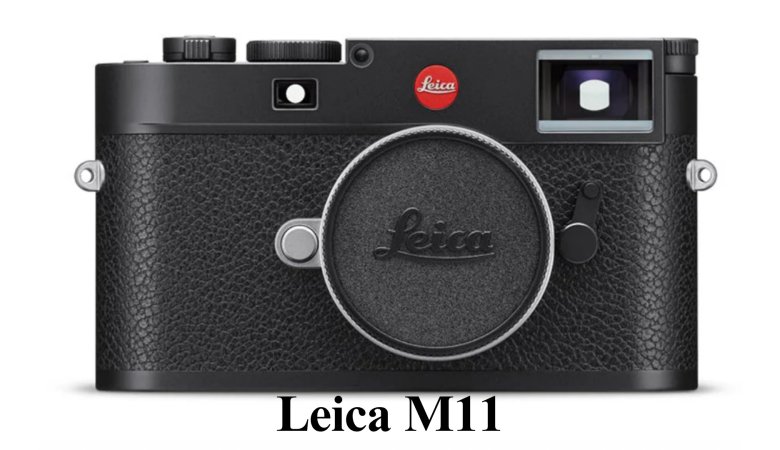

Leave a Reply